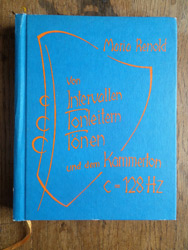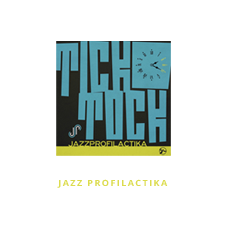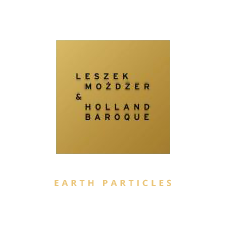The remarkable story behind 432hz tuning.
432 Hz refers to a possible frequency used to tune instruments with, and is a slightly lower frequency than the current 440 Hz standard. Research by Maria Renold has shown that 90% prefers the 432 Hz tuning over 440 Hz. Today’s music is mostly composed and performed using the frequency of 440Hz as tuning reference, officially written as A4=440Hz (also know as the Stuttgart Pitch). This is the musical note of A above middle C and serves as a general tuning standard for musical pitch. The International Organization for Standardization classifies it as ISO 16.
The pitch inflation
In the past the tuning frequency was typically lower than the current standard and also region specific. However, generally the tuning frequency rose gradually over the years. The main reason for this is quite simple, an orchestra cannot play louder, so the only way to increase the apparent loudness was to increase the pitch. As such in an unamplified setting, a higher pitch sounded sharper and louder. In the Baroque Era some of the pitches used were A-415 pitch, but levels as high as A-465 (17th century Venice) and as low as A-392 (18th century France) are known to have existed. The French used several frequencies which were frequently inflated, from 404 Hz in 1680 up to 435 Hz in 1859, with 430 Hz being the classical pitch and 435 Hz the diapason normal pitch. In the 19th century Italian composer Giuseppe Verdi tried to stop the increase in pitch to which orchestras were tuned, he suggested the use of A5=864Hz (thus A4=432Hz), a concert pitch subsequently named "the Verdi Pitch" after Verdi himself. In 1874 he wrote his Requiem using the official national French standard of A4=435Hz also called the "Diapason Normal". Later, he indicated that A4=432Hz might be slightly better for orchestras. The famous Stradivarius violins are said to have been build to be in tune to A=432 Hz.
So why did we at 432 EVO choose 432 Hz?
Long before the brand 432 EVO was founded we discovered that Geert Huinink, a Dutch musical composer famous for working with DJ Tiësto, was using 432 Hz. At the time DJ Tiësto was one of the top DJ’s worldwide so this got our attention. Working as audio dealers Klinkt Beter, we began testing various ways to convert our 440 Hz based music from several genres into 432 Hz, and organized small focus groups. Combining our research results, 58 out of 60 listeners found 432 Hz versions of our test tracks sounding better than the originals in 440 Hz. There are many blogs & video’s about the 432 Hz tuning, but we stick to the facts: our research shows it sounds better, and this has also been confirmed by real musicians. Amazingly scientific research also shows it has health benefits.
Facts tested and confirmed by musicians - 432 Hz actually sounds better.
In the book "Intervals, Scales, Tones: and the Concert Pitch C3=128Hz" (the octave below C4=256Hz, also known as the "Scientific Pitch") by Maria Renold, shared test results indicating that 90% of 2,000 people tested preferred 432 Hz over 440 Hz. And in this test group it was on real instruments tuned at both 440 Hz and 432 Hz pitch. This result is close to our own findings with a smaller group where 58 out of 60 preferred 432 Hz.



Our own 432 Hz conversion method was used on Jazz Profilactika’s debut album Tick Tock, and the band gave the following feedback.
“So, why did we choose a lower pitch? Well, the shortest and simplest answer to that question is it sounds better to our ears. We have compared the 440Hz and 432Hz versions by ear on various sound systems, from PA to high-end Hi-Fi (using Martin Logan electrostatic speakers and others like KEF and PSB). The 432 Hz exports sounded and felt more cored in the low-end, warmer in the mid-range and more transparent and spacious in the high-range relative to the 440Hz exports. In case you wish to read a more detailed (technical) explanation, please read Roel's World article ‘Why using a lower pitch then the standard of A4 = 440Hz’.”

Melody Gardot about tuning in 432 Hz, for her album “CURRENCY of MAN”
"Even the tuning of the album is unusual as we cut the record in 432 Hz. I had started to experiment with frequency and research what this does within the body. I loved the idea that one could calm, soothe and rejuvenate the spirit just with exposure to certain frequencies... I rang up the tuner for the piano one day, and asked if he could change everything to 432 Hz. He laughed, came over and 6 hours later we had our first attempt at rejuvenating this old idea of what some call 'original tuning'. Once we set the instrument up like this - I never changed it. Frankly, it felt better. The frequency was more alive, the feeling was like witnessing more colours in the resonance - and to my ears when there was an ensemble playing, it felt more relaxed, more appealing. Once every musician who came upon it loved it, I decided we would keep it that way."



